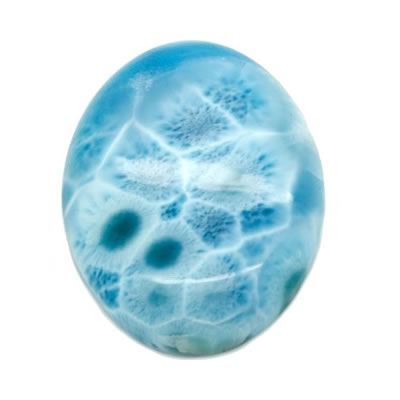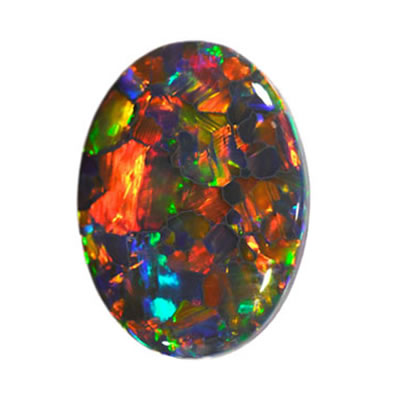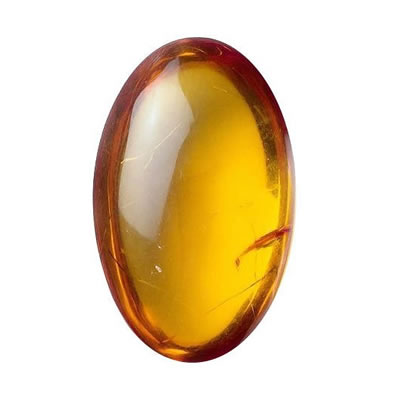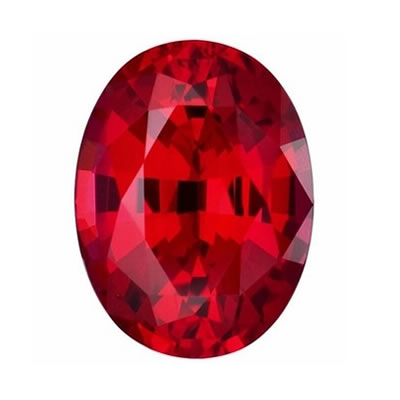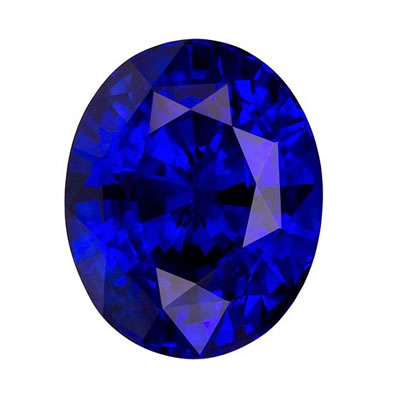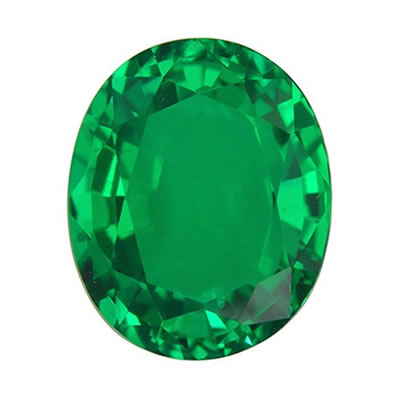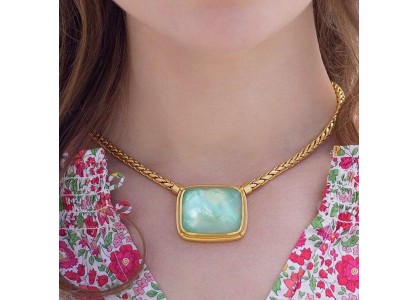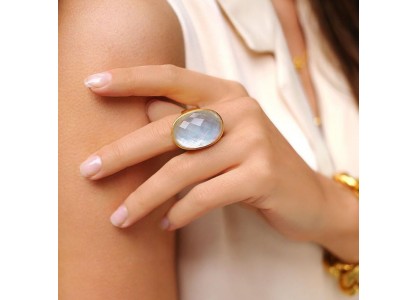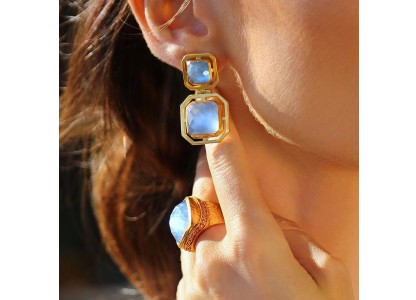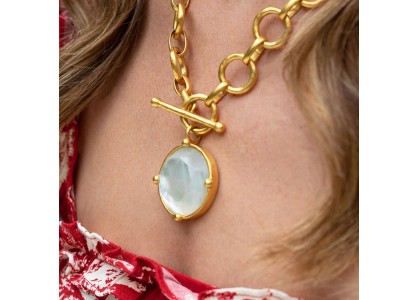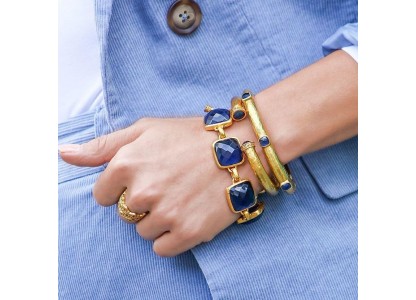Copper

Copper jewelry
Etymology and history
Copper was known to some of the oldest civilizations on record, and has a history of use that is at least 10,000 years old. Some estimates of copper's discovery place this event around 9000 BC in the Middle East. A copper pendant was found in what is now northern Iraq that dates to 8700 BC. It is probable that gold and meteoritic iron were the only metals used by humans before copper. In Greek, the metal was known by the name chalkos (χαλκός).
Copper description
Copper occupies the same family of the periodic table as silver and gold, since they each have one s-orbital electron on top of a filled electron shell which forms metallic bonds. Like silver and gold, copper is easily worked, being both ductile and malleable. The ease with which it can be drawn into wire makes it useful for electrical work as does its excellent electrical conductivity. Copper has a reddish, oranges, or brownish color owing to a thin layer of tarnish (including oxides). Pure copper is pink - or peach-color. Copper, osmium (bluish) and gold (yellow) are the only three elemental metals with a natural color other than gray or silver.
Copper in jewelry
Copper jewelry collections span hundreds of years. In Ancient Egypt copper was used for jewelry and ornaments worn on the body to keep away evil as well as to show social status. Copper jewelry was designed by Renoir from the 1950’s. These pieces are large, bold and beautifully sculpted.
Occurrence
The larger cooper deposit is in south and central Africa, Chile, United States, Cyprus, Poland and Portugal.
Talk to Our Jewelry Experts
Monday to Friday from 9AM to 5PM EST

